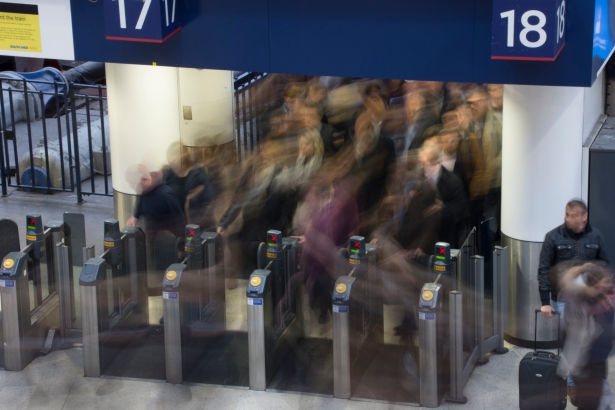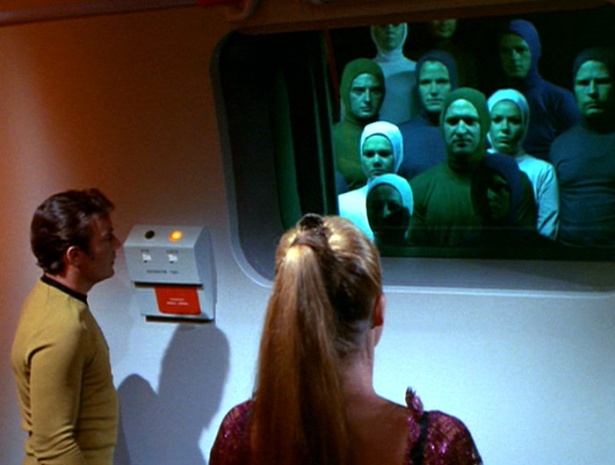Tutor feedback for Assignment 2 – ‘Collecting‘ below:
I am glad that my tutor thinks that this project has potential. There are potentially 3 or 4 threads I could expand on or distil from the images that I have taken to create a more meaningful body of work. As my tutor advises this may involve another station shoot to nail it.
She point to my difficulty with completing some exercises. I do find is hard sometimes to ‘marry up thought with deed‘ with regard to the given exercises. The problem children in this part of the unit involved people images, and my wife wasn’t willing to be my stooge! However these exercises are not forgotten and will be completed by the end of EYV.
I have tried to make it to OCA Study Visits and also some visits of my own. I still need to write up a couple of these up. I have also been going to the Thames Valley group meetings, and found them to be very inspiring and motivating.
My tutor is also right in that I should keep notebooks for ideas and potential projects. My handwriting is awful, but I will try and make a better effort to keep visual notes; doodles, drawings, mind maps, lists etc. These I can then scan or take pictures of to add to my Learning Log, along with some more reflective content as to how I feel and develop as I progress.
She was also kind enough to provided me with a very comprehensive reading list to help me further this project:
- Many Are Called by Walker Evans
- Compression Tokyo by Michael Wolf
- Subway Commuters by Bruce Dickinson
- Simon Terrill is an artist interested in crowd theory
- Priests by Giacomelli
- Non-Place by Marc Auge
I need to progress with Part three, but I will try my best to review and improve this project towards a more conclusive end. My camera club has its annual exhibition in May and I intend to submit a Theme Print Panel based on this project.
















